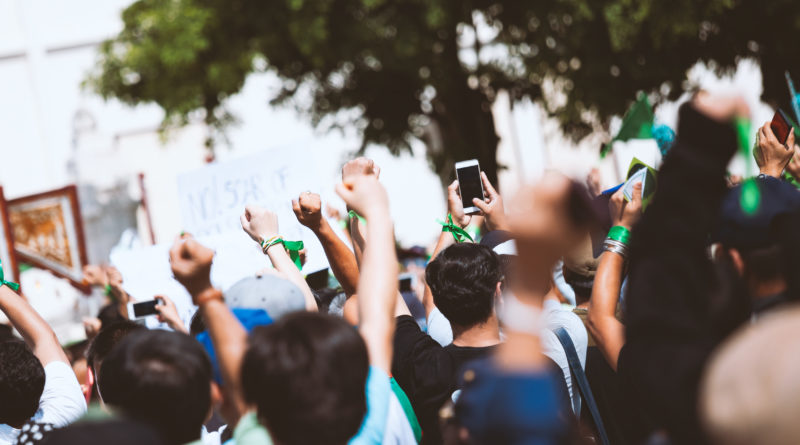Why Are There Protests in Chile?
12,754 total views, 1 views today
Paying attention to the news, one can easily come away with the idea that, at any given time, some part of the world is experiencing mass protests. A prime example has occurred throughout the year in Hong Kong, where protestors have stopped at almost nothing to keep the Chinese government from interfering in the autonomous city’s legal processes. The South American country of Chile has recently begun rising up in similar anger about a perceived major public indignation.
For nearly two weeks, protestors have flooded the streets of Santiago, Chile’s capital, to take a stand against continually rising public transit costs. Protestors have vandalized public transit stops and set fire to buses, subway stop entrances, and even buildings belonging to national electric companies.
To address the chaos, Chilean President Sebastián Piñera declared that Santiago would enter a state of emergency. In a speech televised to the entire country on October 18, Piñera said that he had declared this state of emergency to protect further property damage and restore public order. He also defended the rising costs of public transit, saying that the increased prices were necessary since the value of Chilean currency has fluctuated in directions that don’t favor the country.
Despite defending the transit price changes against which citizens have protested, Piñera has assured the Chilean public that his government is working to address the burden the changes have placed on the country’s working class. The Chilean president added that, as his government works toward a transit price solution, it will fully prosecute protestors who have destroyed property and vandalized Santiago.
After the October 18 state of emergency declaration and Piñera speech, matters only worsened in the country. As the weekend drew to a close, Piñera extended Santiago’s state of emergency into several adjacent cities. Piñera’s decision came in response to a weekend during which seven people died in protest violence. The Chilean president’s rhetoric was stronger during the speech he delivered when declaring this expanded state of emergency, including declarations that the government was “at war against a powerful enemy” and that protestors were relying on “criminal” tactics.
The protests against which the Chilean government is standing were first started by students. Currently, there are 10,500 Chilean military members and police on the streets of Santiago, where Piñera has allowed subways, buses, schools, and hospitals to operate partial service. Other Chilean government officials have echoed Piñera’s hesitance to return Santiago to a fully functioning state, including Interior Minister Andres Chadwick, who claimed that on October 20 alone, 70 violent incidents occurred in the city.
At the moment, the Chilean government has charged approximately 1,500 citizens with crimes related to the protests. Just under half of these charges have been levied in Santiago. Throughout the country’s history, the government has granted many protest groups the right to assemble.
Military personnel in Santiago are enforcing a curfew that begins at 7 p.m. local time and lasts through 6 a.m. the following morning. Reporters have noted that protests have continued – and even started – past curfew.


I’ve been reading about those protests going on in Chile right now. I saw some pictures of police getting burnt by molotov cocktails! It looked like the police got hit pretty hard too!